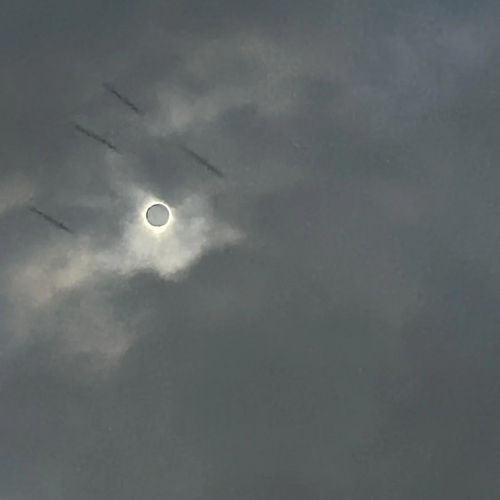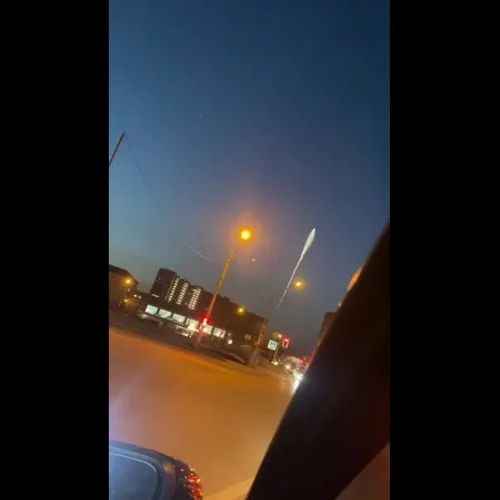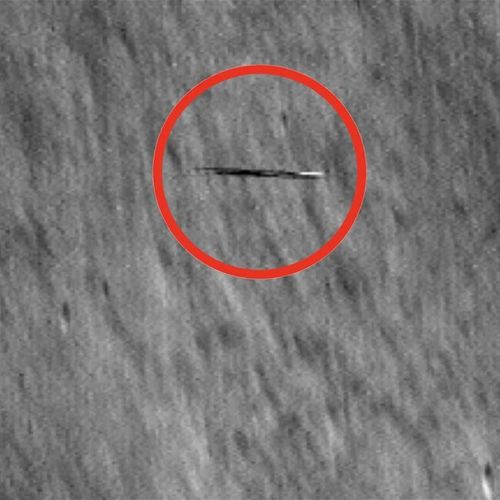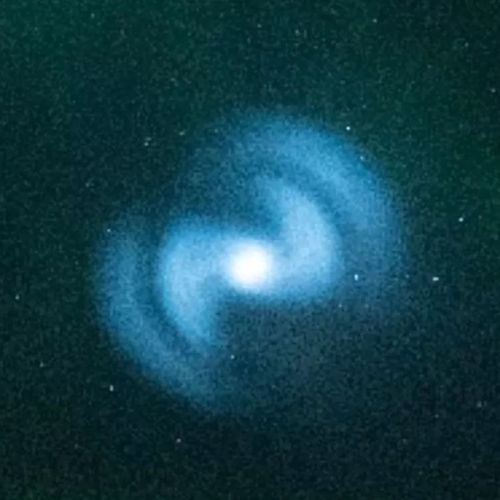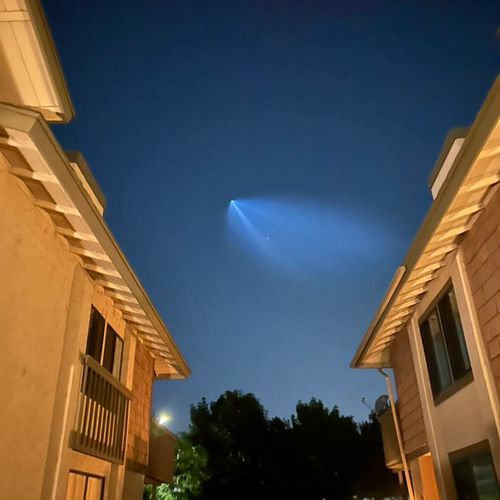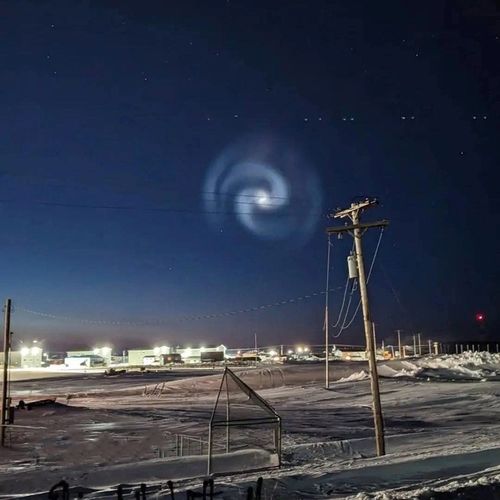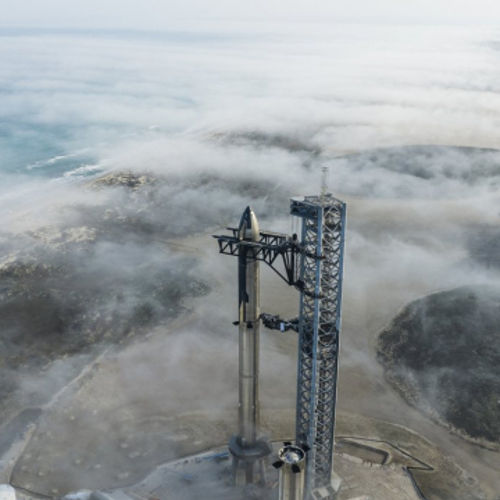
| Added | Tue, 09/04/2024 |
| Источники | |
| Дата публикации | Mon, 25/03/2024
|
| Версии |
NASA will launch three sounding rockets during the total solar eclipse on April 8, 2024, to study how the upper layers of the Earth's atmosphere are affected when sunlight dims momentarily over part of the planet.
The rockets for the study of atmospheric disturbances around the eclipse Trajectory (APEP) will be launched from NASA's Wallops flight complex in Virginia to study disturbances in the ionosphere that occur when the Moon eclipses the Sun.
The sounding rockets will be launched at three different times: 45 minutes before, during and 45 minutes after the peak local eclipse. These intervals are important for collecting data on how the sudden disappearance of the Sun affects the ionosphere, creating disturbances that can interfere with our communication.
It is often difficult to study short-term changes in the ionosphere during an eclipse with satellites because they may be in the wrong place or at the right time to cross the eclipse trajectory. Since the exact date and time of the total solar eclipse are known, NASA can launch sighting rockets to study the effects of the eclipse at the right time and at all altitudes of the ionosphere.
When the shadow of an eclipse runs through the atmosphere, it creates a fast localized sunset that causes large-scale atmospheric waves and small-scale disturbances or perturbations. These disturbances affect different radio frequencies. Collecting data on these disturbances will help scientists verify and improve current models that help predict potential disruptions in our communications, especially in high-frequency communications.
APEP missiles are expected to reach a maximum altitude of 260 miles (420 kilometers). Each rocket will measure the density of charged and neutral particles, as well as the electric and magnetic fields surrounding them. "Each rocket emits four secondary devices the size of a two-liter soda bottle, which also measure the same data points, so this is similar to the results of fifteen rockets, although only three are launched," Barjatya explained. Three secondary instruments on each rocket were manufactured by Embry-Riddle, and the fourth was manufactured at Dartmouth College in New Hampshire.
In addition to rockets, several teams in the United States will also measure the ionosphere in various ways.
A team of students from Embry Riddle will launch a series of high-altitude balloons. Co-authors from the Massachusetts Institute of Technology's Haystack Observatory in Massachusetts and the Air Force Research Laboratory in New Mexico will use various ground-based radars to make measurements. Using this data, a group of scientists from Embry-Riddle and the Johns Hopkins University Applied Physics Laboratory is improving existing models. Together, these various studies will help put together the pieces of the puzzle needed to see the broader picture of ionospheric dynamics.
The animation shows the changes in the ionosphere over 24 hours. The red and yellow stripes represent ionized particles of high density during the day. The purple dots represent neutral, relaxed particles at night.
NASA/Christopher Kim
Связанные факты
Новости со схожими версиями
Log in or register to post comments

